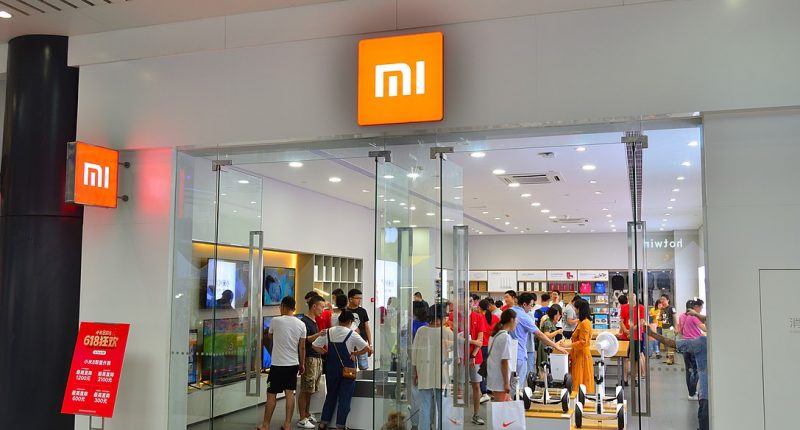While some markets have been actively helped by the coronavirus pandemic, the smartphone market is definitely not one of them, facing a 13% decline in shipments in the first quarter of the year. However, it wasn’t until now that we saw how devastating of an impact the pandemic had on the industry, as a Canalys reports suggests that the Indian smartphone market shrunk by nearly 50% in Q2 2020.
This quarter was one of the slowest we have ever had, with only 17.3 million units being shipped to users throughout the country. While the pent up demand could have promulgated an increase in shipments, smartphone vendors were hit by broken supply lines, and a prohibition set on both online and offline retail for a large part of the quarter.
Xiaomi, the undisputed champion of the market, saw 5.3 million units flying off its shelves, capturing about 30.9% of the total market share, and thus, leading the table once again. The company, along with Oppo, imported smartphones to meet pent-up demand. However, it still saw a decline of about 48% in shipments over the same time last year.
“While vendors witnessed a crest in sales as soon as markets opened, production facilities struggled with staffing shortages on top of new regulations around manufacturing, resulting in lower production output. The fluidity of the lockdown situation across India has had a deep-rooted effect on vendors’ go-to-market strategies. Xiaomi and Vivo have undertaken an O2O (offline-to-online) strategy to support their massive offline network. Online channels, too, while seeing a positive effect of the pandemic on market share, have seen sales decline considerably,” said Canalys Analyst Madhumita Chaudhary.
Vivo came in second, with a 21.3% of the market share under its fold, shipping close to 3.7 million units. The company witnessed a decline of 36% in shipments over the year. Samsung on the other hand, lost the most traction out of the top 5 companies, having to part with about 60% of its Q2 2019 shipments. The company only managed to ship out 2.9 million units, capturing just a little over 16.5% of the market share, due to impediments to its export, as its largest manufacturing plant outside of Vietnam shut down for most of Q2.
Oppo managed to one up Realme this time around, and bagged the 4th spot on the table, by shipping 2.2 million units, as compared to the latter’s 1.7 million. However, the competition between the two is still neck to neck, with Oppo managing to steal away 12.9% of the market share, and Realme right at its tail with 10%. Both companies saw a shrinkage in shipments over the quarter as compared to last year, at 27% and 35% respectively.
Apple was the least affected (amongst the top 10) by this sudden decline in the industry, and shipped about 250,000 units in the quarter, a decrease of only 20% over the last year.
An interesting development that happened in this quarter, was Government of India’s ban on 59 China apps, giving rise to a euphoria around disfellowship of China-made goods. However, even though the Anti China sentiment is prolific among the country men, the same was not reflected in smartphone sales. Canalys suggests that the impact on companies like “Xiaomi, Oppo, Vivo and Realme is likely to be minimal, as alternatives by Samsung, Nokia, or even Apple are hardly price-competitive.” The remark was made by a firm analyst Adwait Mardikar, who said, “There has been public anger directed towards China.
The combinations of this and the recently announced ‘Aatmanirbhar’ (self-sufficient) initiatives by the government have pushed Chinese smartphone vendors into the eye of the public storm.” Canalys estimates that over 96% of all smartphones sold in India in 2019 were manufactured/assembled locally. “Vendors are driving the message of ‘Made in India’ to consumers and are eager to position their brand as ‘India-first.”
“The transition to 5G is the next big opportunity, and Jio’s announcement of readiness to deploy 5G, as soon as spectrum is made available, has provided a ray of hope to most vendors who have been beaten by the current pandemic,” added Chaudhary.
